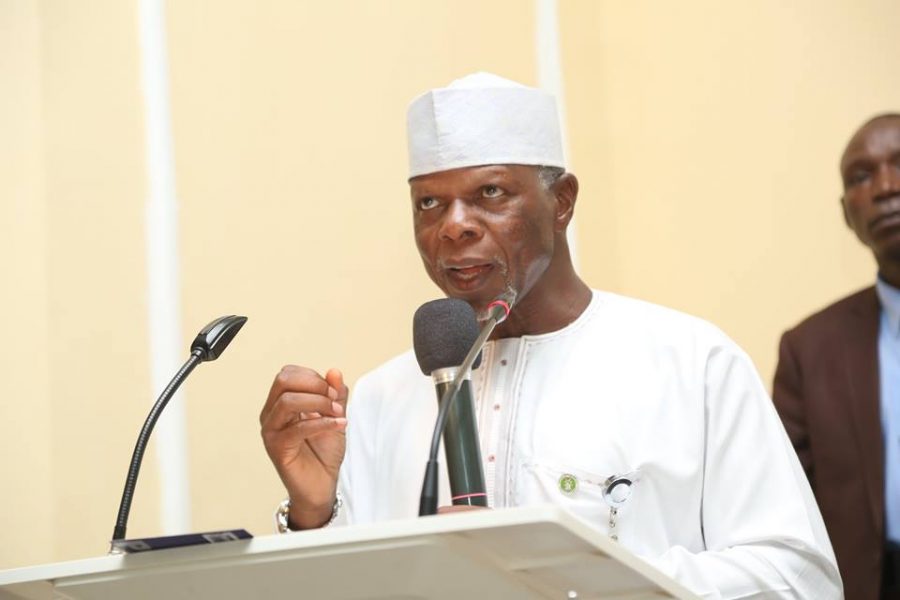As we commence the sojourn into the final quarter of 2019, we muse on what has
been an eventful third quarter in Nigeria’s fixed income market. The narrative
surrounding the market has been slightly altered in the past couple of months by
emerging headwinds, the most notable being the ongoing battle with Process and
Industrial Developments Ltd. (P&ID), which has impacted investor sentiment in the
fixed income space and poses a dilemma for key policy decision-makers in the
country.
In the months leading up to August, yields in the fixed income space had been
trending downwards, while investor participation at primary market auctions
remained strong.
In addition, the money market was awash with rising liquidity levels as the CBN reduced the frequency of contractionary OMO auctions, a stance which reinforced the dovish posture of the CBN Governor during his re-election speech.
[READ ALSO: A guide to how Mutual Funds work in Nigeria]
However, in mid-August, a UK Court passed a ruling in favour of P&ID and awarded
a penalty of USD9.6 billion against Nigeria over the country’s failure to live up to its
contractual obligations with the company. This judgment was significant
considering its expected effect on the country’s foreign reserves and the risk of
seizure of its international assets should it fail to pay the penalty.
Furthermore, the timing of the judgment was ill-fated, as it coincided with the escalation of the U.S-China Trade tensions in August, which kept oil prices below the USD60pb budget
benchmark – a level which negatively impacts Government revenue and threatens
accretion to its foreign reserves. Thus, Nigeria had to contend with a double
whammy of depressed oil prices and a penalty which is equivalent to c.22% of her
foreign reserves.
In response, there was a downturn in the mood in the fixed income space due to
the heightened risk factors, as yields on securities in the market crept upwards.
Between July 31st and September 30th, the average yield in the secondary market
for Treasury bonds rose by 0.92% and settled at 14.11%, having peaked at 14.48%
on the 22nd of August. The same trend was observed in the secondary market for
Treasury bills where the average yield advanced by 2.52%, from 10.93% to 13.45%
over the same period, also reaching a peak of 15.28% on the same date.

Investors started pricing-in the increased risk associated with the country due to the aforementioned factors, despite the downward trend observed in inflation. Meanwhile, investor participation at Primary Market Auctions began to wane, observed in the under-subscription levels recorded in the August Bond auction, while primary market T-bills auctions in August witnessed lower bid-cover ratios. Consequently, we started witnessing declining system liquidity levels as the CBN intensified liquidity mop-ups at higher rates in order to stem capital outflows.

Nevertheless, Nigeria has received some comforting news in recent times which have allayed concerns regarding the country’s risk profile. First, progress has been made towards overturning the initial court judgment against Nigeria, as the country has been granted permission to appeal the USD9 billion penalty in court.
[READ MORE: CBN increases LDR to 65%, sets December deadline]
Secondly, oil prices have recovered, staying above the USD60pd benchmark for the
most part of September. Nevertheless, yields across the fixed income markets are
expected to remain slightly elevated for the rest of the year to keep yields sufficiently attractive for investors and to account for other lingering risk factors such as a delayed conclusion of the P&ID case and an unstable oil price environment.






















